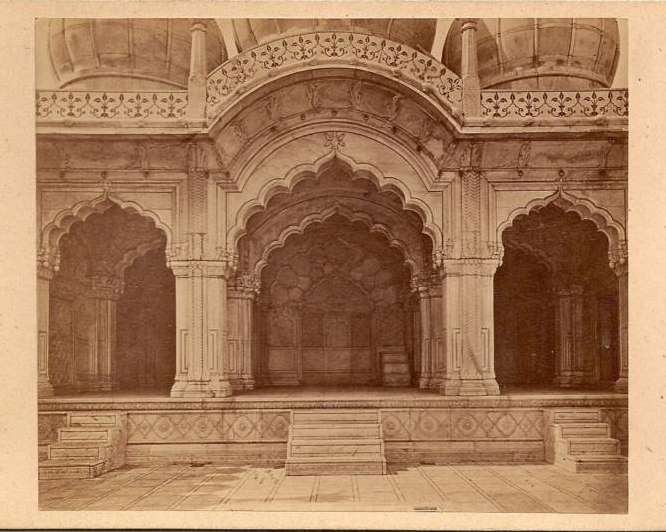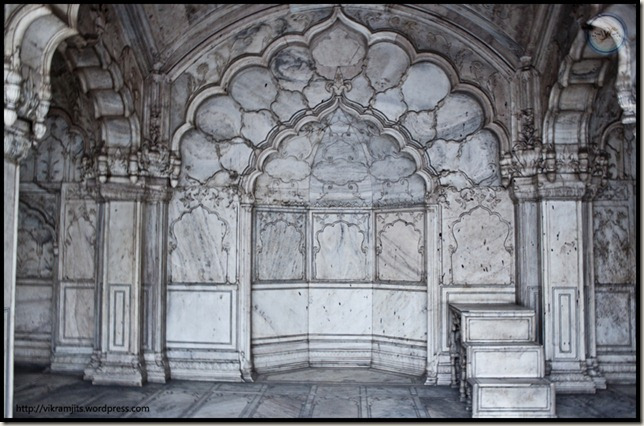FWP:
For background see S. R. Faruqi's choices. This verse is NOT one of his choices; I have added it myself because I thought it was interesting, and also for the sake of completeness. For more on Ghalib's unpublished verses, see the discussion in {4,8x}.
The root of nisbat is nasab , meaning 'genealogy; lineage, race, stock, family' (Platts p.1137); thus the 'relationship' in which the speaker is absorbed has strong familial overtones. So it's not surprising that he doesn't want to stand on ceremony. He has no interest in takalluf , which in many of its senses (see the definition above) is the opposite of the informality and casualness of domestic life. Thus the speaker can be as informal as the mihrab of a mosque, which does not stand on ceremony-- for it habitually, casually, keeps its back turned toward the Qiblah, the true direction of prayer.
I also like to bring the two lines closer together, though this is not envisioned in the verse. I like to imagine the speaker as sitting in a mosque, in the Qiblah-showing niche of the mihrab, with his back against the back wall of the niche. In this position, his back is turned toward the Ka'bah in the most ostentatious way possible (since he's sitting right inside the niche toward which worshippers are supposed to turn their faces and direct their prayers). But at the same time, his back is closer to the Qiblah than anybody else's face, since he's actually leaning against the mihrab as he lounges at his ease, in a familial, intimate, relaxed way. Visitors may need to be formal, but the speaker feels himself to be in his family home, where he belongs, where he can be at ease.
What an absolutely perfect show of Sufistic behavior! The behavior is conspicuously unorthodox and transgressive; but it's also open to the kind of 'outer' [:zaahir] versus 'inner' [baa:tin] contrast in which Sufis delight. Whom does God love more, the pious believer who plays by the proper rules, or the rakish lover who follows his heart toward intimacy with his Beloved? The question may remain open, but the Urdu ghazal makes it entirely clear which side it's on.
Compare {231,6}, a verse about a more distant kind of nisbat with the Ka'bah.
Here are two photos of the central mihrab of the Moti Masjid, in the Red Fort:


Gyan Chand:
The mouth of the mihrab of a mosque is toward the prayer-doers, and its back is toward the Qiblah. We too have a heartfelt relationship to the Qiblah and the Prophet, we have no need for formalities like the namaz and so on. If the mihrab can turn its face away from the Qiblah and there is no objection, then why would we too not imitate it? It is only a mischievous thought/idea.
== Gyan Chand, p.492